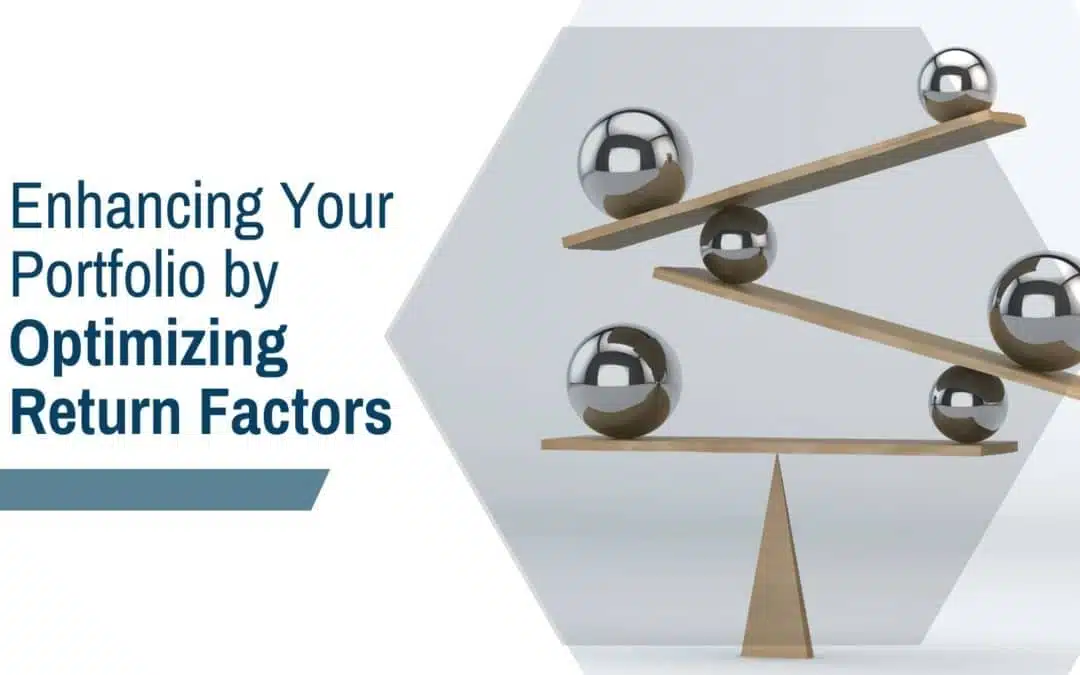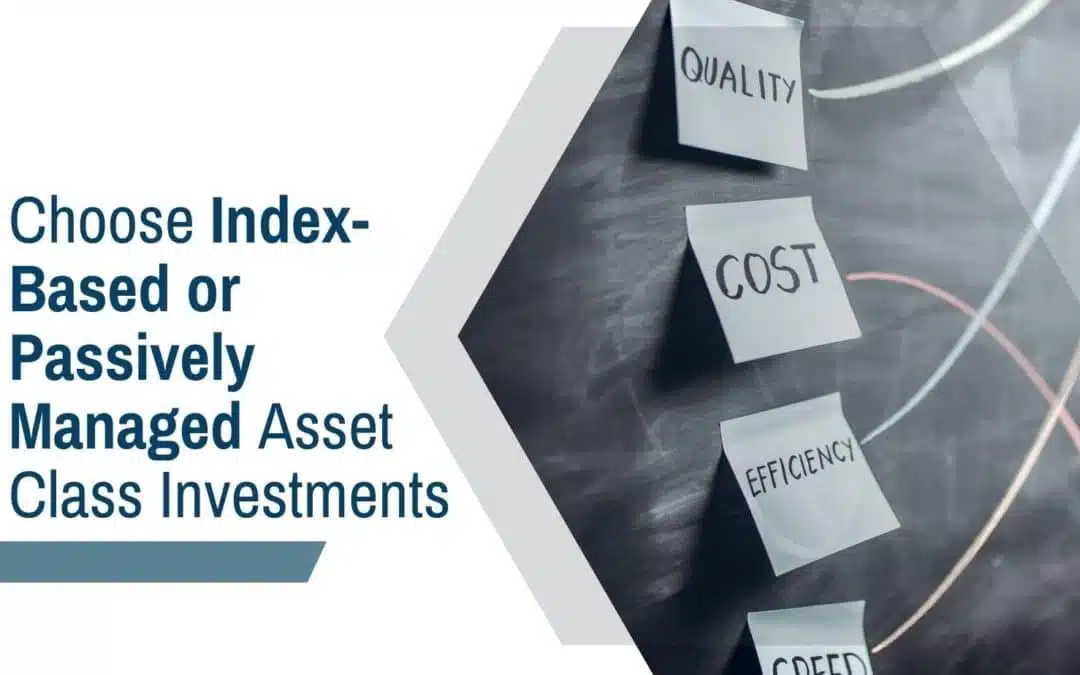the empowered investor
Personal Financial Planning in Retirement
Enjoying Your “Chill Out” Years
Key Takeaways
- As you approach and enter retirement, your focus typically shifts from saving, investing, and staying on track to spending, preserving, and ensuring you have enough to last.
- Retirement can be an especially satisfying time in your life. But it’s much easier to relax and enjoy yourself if you know you have a comfortable lead.
- Conversely, happiness can elude you if you don’t know where you stand, or how to sustain your standard of living.
- Financial priorities include intensive retirement planning, sensible investment allocations, tax-wise withdrawal strategies, debt elimination, updated estate plans, and revisiting any insurance requirements.
- To determine a safe withdrawal rate, Monte Carlo analysis can help you factor in the range and likelihood that good, bad, or ugly outcomes might happen.
- It’s reasonable to include home equity in your financial planning. But we caution against overweighting your wealth into an asset whose highest purpose is to serve as the roof over your head.
- Achieving financial security and independence in retirement is about striking a confident balance between enjoying your ideal lifestyle and sticking to a sustainable budget. Throughout the stages of your life, financial planning paves the way.
“Retirement can look very different to each of us, but we think of it as the time in your life when you get to try out things you’ve always wanted to do, and keep doing whatever you love doing—but when and how you want to do it.”
If your life were a mini-series, which would it be? Band of Brothers? Lonesome Dove? Long Way Round? As with any epic adventure, preparing for the journey takes some time to play out. That’s why we’ve been exploring how to build lasting financial security in our own three-part mini-series, inspired by our book, The Empowered Investor.
First, we covered the foundational years from age 25–35, when you first get a grip on your spending habits. Next, we explored your power years, from age 35 to pre-retirement, when you put your earnings to optimal use, while watching for excessive lifestyle creep.
Today, we’ll wrap with a look at your 65-plus “chill out years”. To what end will you deploy the fruits of your labour in retirement? Spending without purpose can leave a hole in your soul, so it’s important to identify what will truly make you happy, and prioritize your plans accordingly.
Preparing for Your Happily-Ever-After Retirement
As we covered in our last post, it’s typical to hit your mid-40s and start wondering:
Am I on track?
Likewise, there’s one question many of us ask as we prepare for and enter into retirement (however you may personally define that term):
Do I have enough?
Most of us share common goals in retirement. We want to be healthy, and enjoy our personal hobbies, interests, and passions. We want to have ample time to spend with our kids, grandkids, friends, and community. We want to live independently for as long as possible. We may want to gift to others, but without harming our own financial well-being.
Even if your overall goals are on familiar turf, the unique “landscape” you’ve cultivated in your life will shape how much it’s going to cost you, and what it’s going to take to feel confident you have achieved your “enough”, with reserves to spare.
KEEPING YOUR FINANCIAL GEARS TURNING
For most of us, retiring happily ever after takes careful planning, and continued attention to the six critical financial “gears” we’ve been discussing throughout this series. Let’s revisit them today.
- Retirement Planning: Of course, retirement planning doesn’t end when you retire. In fact, you’re likely to be kicking it into even higher gear. Studies have found people often report their highest levels of happiness between ages 65–80, at least in Western countries. This suggests, retirement can be an especially satisfying time in your life. But it’s much easier to relax and enjoy yourself if you know you have a comfortable lead. Conversely, happiness can elude you if you don’t know where you stand, or how to sustain your standard of living over time.
- Investing: Having an investment plan also remains as important as ever. To depend on your investment portfolio over the next 25–30 years, the trick is to maintain an appropriate balance of stocks and bonds, without taking on crazy levels of market risk. You typically don’t want to move everything to cash or similar safe harbors, lest inflation consume too much of your spending power over time.
- Debt management: Ideally, retirees should be debt-free for optimal peace of mind. Interest payments serve as a double whammy as you begin to spend down your assets. However, today’s hot real estate markets may mean you’re still paying off a mortgage, especially in Vancouver or Toronto. If that’s the case, you may at least watch for refinancing opportunities that might help you affordably accelerate the payoff terms.
- Risk management (insurance): Your insurance needs may not be what they once were if you no longer have dependents or a salary to be replaced if it went away. However, exceptions abound, such as if you are still paying off your mortgage, or you hold business assets, property with a low adjusted cost basis, or secondary property such as a rental cottage. An insurance specialist can help sort things out.
- Estate planning: Let’s put it this way: If you don’t put your preferences in writing, the government will decide who gets what after you’re gone. And odds are, they won’t make the same choices you would have. Even once you have your estate plans in place, it’s worth reviewing them every few years. Things change, so talk to a notary, a lawyer, and/or your financial advisor, to ensure the paperwork remains relevant.
- Tax planning: With so many ways to impact your net worth, ongoing tax planning remains an essential gear in a retiree’s life. For example, the order in which you choose to spend down your registered and taxable accounts can make or break your after-tax wealth. There also are opportunities to receive, spend, and transfer wealth more or less tax-efficiently, as well as benefits to having your taxes professionally prepared.
SPENDING IN RETIREMENT: THE BIG SHIFT
Next, let’s talk about the big shift into retirement. Throughout your career, you’ve grown accustomed to cruising along in high gear with respect to your saving and investing. In retirement, you start to downshift into spending and preservation mode. Whether the change is sudden or gradual, it can feel unsettling as you adjust your focus and your pace.
Once again, detailed planning can help you more comfortably make the transition:
- Expenses: First, estimate how much you need to live an enjoyable retirement. Factor in early spending during your go-go years, as well as the likelihood for higher healthcare costs as you age.
- Secure Income: Next add up your secure income streams, such as your government pension and any company pension plans.
- Bridging the Gap: Most people have a gap between their expenses and their guaranteed income, which represents the amount you’d like to take from your investment portfolio. But can you safely take it? This brings us to the question nearly every retiree must determine:
What is your sustainable withdrawal rate?
MONTE CARLO ANALYSIS: MAKING THE MONEY LAST
A sustainable withdrawal rate is the percentage you can take from your portfolio year after year for the rest of your life, and still have some cushion at the end.
Some retirees turn to popular rules of thumb such as the “4% rule”, which suggests you can safely withdraw 4% of a balanced portfolio annually and probably come out okay. This may be easy to implement. But blindly adhering to a general guide is like following GPS traffic directions regardless of real-life conditions.
We would suggest such rules are better used to shape the discussion than as your sole compass. For improved confidence, we typically elevate the exercise through personalized Monte Carlo analysis. Rather than accepting a straight “yes” or “no” estimate for your safe withdrawal rate, Monte Carlo analysis helps us consider a wide range and likelihood that good, bad, or ugly outcomes might happen to you under various scenarios.
As Associate Portfolio Manager Marcelo Taboada describes in our podcast “Chilling Out: Planning for Retirees”, your safe withdrawal rate is like a bridge between two islands: work vs. retirement. What will it take to build that bridge?
In a straight-line analysis, you’d look at a “typical” scenario, and estimate your bridge will cost, say, $100,000 and take 15 days. With Monte Carlo analysis, you instead factor in all the ways the project might go right or wrong, for a range of estimates and odds. Depending on currents and weather, supply chains and labor contracts, etc., a real bridge might cost between $80,000–$145,000, and take between 12–22 days. The $100,000/15-day outcome may be most likely at around 70%. But odds are nearly as high that bad weather could add $20,000 and several days to the outcome.
Is it worth waiting until summer, or will you proceed anyway? With more robust analysis, a bridge builder can make better decisions. Likewise, in retirement, we use Monte Carlo analysis to consider all the factors that can add to or detract from a successful retirement:
- What if the markets are especially hot or cold when you retire?
- What if inflation rises or falls?
- What if you withdraw more or less than a set rate each year?
- What if you or your spouse live longer or pass sooner than expected?
- What if you tilt your portfolio toward or away from stocks vs. bonds?
- What if you receive a financial windfall, or take an unexpected hit?
An odds-based analysis can help you select—and sustain—a withdrawal rate that makes sense for you and your preferred lifestyle, even as your needs may evolve over time.
A WORD ABOUT REAL ESTATE
Before we wrap, let’s address one more frequently asked question:
How does my home fit into my retirement plan?
Especially in today’s hot real estate markets, your home, sweet home may also house a good chunk of your wealth. It’s nice if your property has value, and it’s reasonable to include home equity in your financial planning. But we caution against overweighting your wealth into an asset whose highest purpose is to serve as the roof over your head.
Rather than treating your home equity as integral to retirement spending, we prefer thinking of it as an emergency reserve. It’s there, for example, if you face a health crisis and need to move to assisted living. But ideally, you want to plan your retirement assets so you can choose whether downsizing happens to fit your lifestyle, rather than being forced to change your address because you can’t afford to do otherwise.
To explore this subject further, check out our podcast, “Wealth and Real Estate: Empty Nesting and Downsizing Homes”.
LIFE LONG RETIREMENT PLANNING
What exactly is retirement, anyway? Retirement can look very different to each of us, but we think of it as the time in your life when you get to try out things you’ve always wanted to do, and keep doing whatever you love doing—but when and how you want to do it.
At the same time, nobody wants to run out of money, or be a burden to others. Achieving financial security and independence in retirement is about striking a confident balance between enjoying your ideal lifestyle and sticking to a sustainable budget.
How do you do that? We agree with Professor Wade Pfau’s synopsis in his “Retirement Planning Guidebook”:
“The simple act of proactively planning for retirement can improve retirement satisfaction and happiness. Risks become less nebulous, and those with a plan can feel more comfortable about what comes next.”
From laying the foundation in your youth, to building wealth during your power years, to chilling out in retirement, we hope you’ve found this series has provided a helpful overview of the lifelong gears involved in preparing for and enjoying your Happily-Ever-After. If you have questions or comments about what you’ve read, please reach out to us today. We’d love to hear from you!
Additional Reading:
- Retirement Planning Guidebook: Wade Pfau, PhD, CFA, RICP
- Your Complete Guide to a Successful and Secure Retirement: Larry Swedroe
- And, as always, our own book: The Empowered Investor
More Winning Investment Principals

Investment Principal #4: Maximize Returns with Key Investment Factors
Discover how investment factors can help you maximize returns. Learn strategic factor investing to enhance your portfolio.

Investment Principal #3: Using Passive/Index Funds or ETFs
Index-based or passive asset class funds focus on how to reduce the costs and frictions involved in capturing the market’s generous expected returns over time.

Investment Principal #2: Diversify Your Asset Classes
The magic behind diversification is found in a financial measure known as correlation, or the degree to which two asset classes move in similar patterns.
Stay on top of your financial education
Subcribe and follow to get updates on important wealth management topics.

Connect
Visit Us
3535 St-Charles Blvd.
Suite 703
Kirkland, Quebec
H9H 5B9
Connect